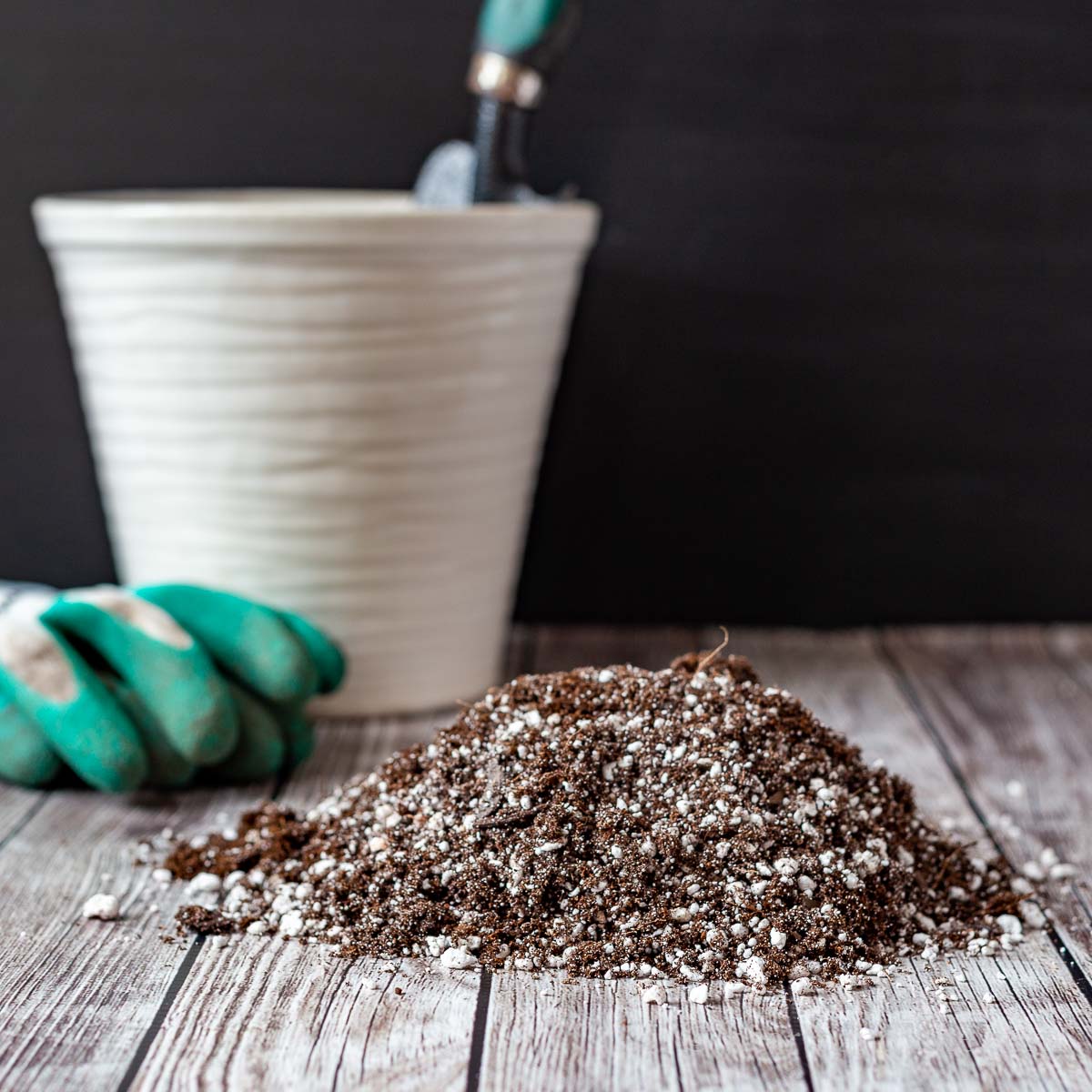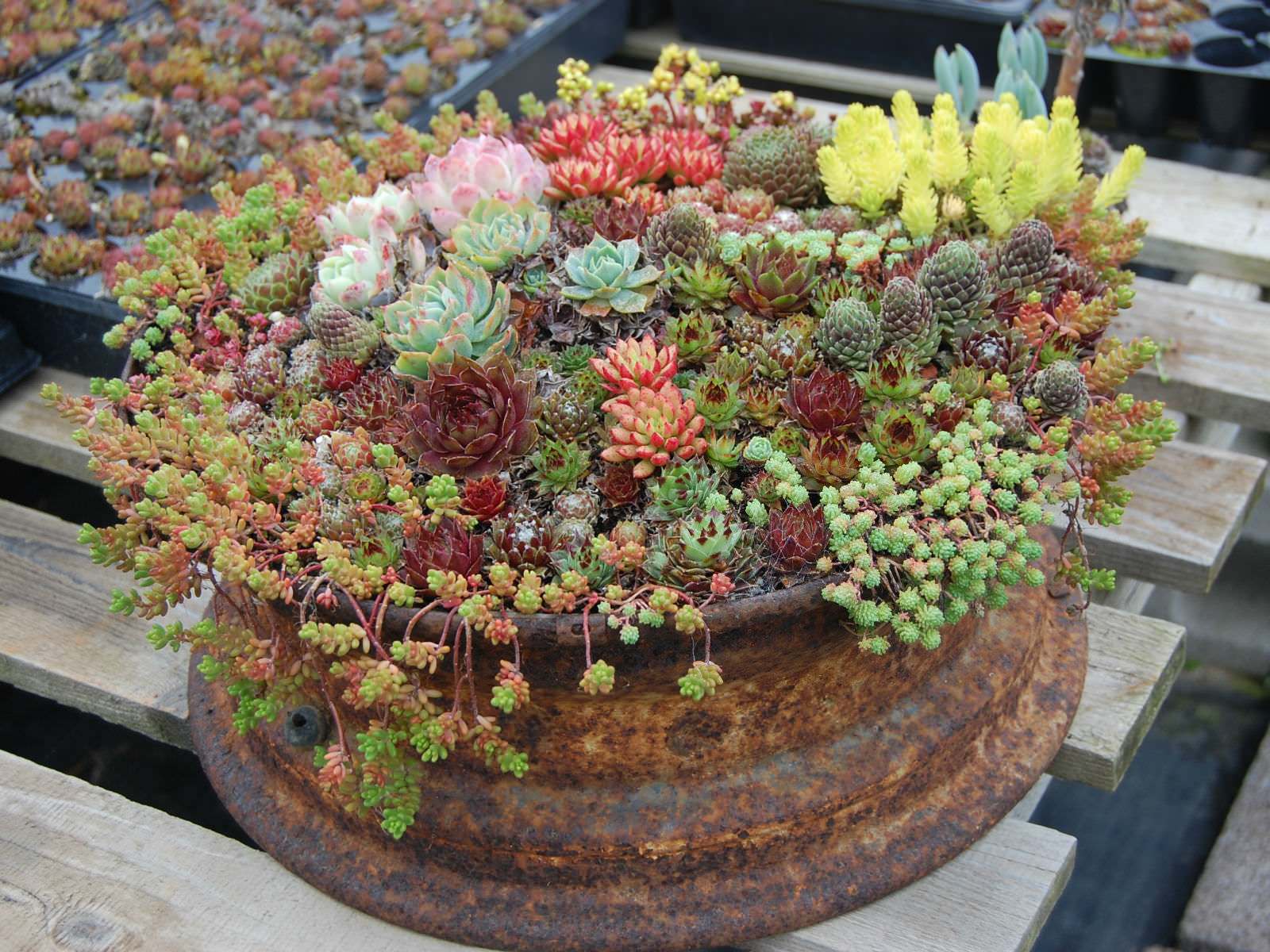Want to keep your succulents thriving? The right potting soil is essential to their health and longevity. Learn the ins and outs of succulent potting soil to optimize your plants’ growth.
Understanding the Unique Needs of Succulents
Succulents are renowned for their hardiness, but they have specific soil requirements that differ from other plants. Their shallow root systems and susceptibility to overwatering necessitate a well-draining soil that allows for proper aeration and prevents root rot.
Succulent soil should mimic their natural habitat, which often consists of sandy, rocky, or gravelly soils. Replicating these conditions in your pots is crucial to ensure the health and vigor of your plants.

Potting Soil For Succulent Plants
The ideal potting soil for succulents comprises a blend of ingredients tailored to their specific needs. Here’s a closer look:
Base Materials
The base of succulent soil is typically a combination of organic and inorganic materials. Organic materials, such as peat moss or coconut coir, provide moisture retention and aeration. Inorganic materials, such as perlite or pumice, contribute to drainage and root aeration.
The proportions of these ingredients may vary depending on the specific succulents you’re growing. In general, a mix of 50% organic material to 50% inorganic material provides excellent drainage while still retaining some moisture.

Additives
Certain additives can enhance the effectiveness of succulent potting soil:
- Gritty materials, such as coarse sand or gravel, improve drainage and aeration.
- Organic matter, such as worm castings or compost, provide nutrients and improve soil structure.
The specific additives used and their proportions should be adjusted based on the needs of your succulents.
With a well-formulated potting soil, your succulents will have a solid foundation for growth and thrive in their environment.

Tips for Choosing the Right Potting Soil
Here are some tips for selecting the right potting soil for your succulents:
Match the Soil to the Plant
Different types of succulents have specific soil requirements. Some, like cacti, prefer a very gritty soil, while others, like Echeverias, prefer a mix with more organic material.
Consider the Climate
The climate in your area can also influence your soil choice. In dry climates, you may need to add more organic material to retain moisture, while in humid climates, you’ll need a fast-draining soil to prevent root rot.

Repotting and Refreshing
As your succulents grow, you’ll need to repot them in fresh soil. It’s also a good idea to refresh the soil every few years to remove any buildup of minerals or salts.
Benefits of Using the Right Potting Soil
Using the right potting soil for your succulents comes with several benefits, including:
- Improved drainage: Prevents waterlogging and root rot.
- Enhanced aeration: Allows roots to breathe and uptake nutrients.
- Optimal moisture retention: Provides moisture without drowning the roots.
- Balanced pH: Supports healthy root development and nutrient absorption.
Conclusion of Potting Soil For Succulent Plants
The perfect potting soil for succulents is a well-draining, airy mixture that meets their unique needs. By choosing the right soil, you can create a thriving environment where your succulents will flourish.
### Question and Answer
